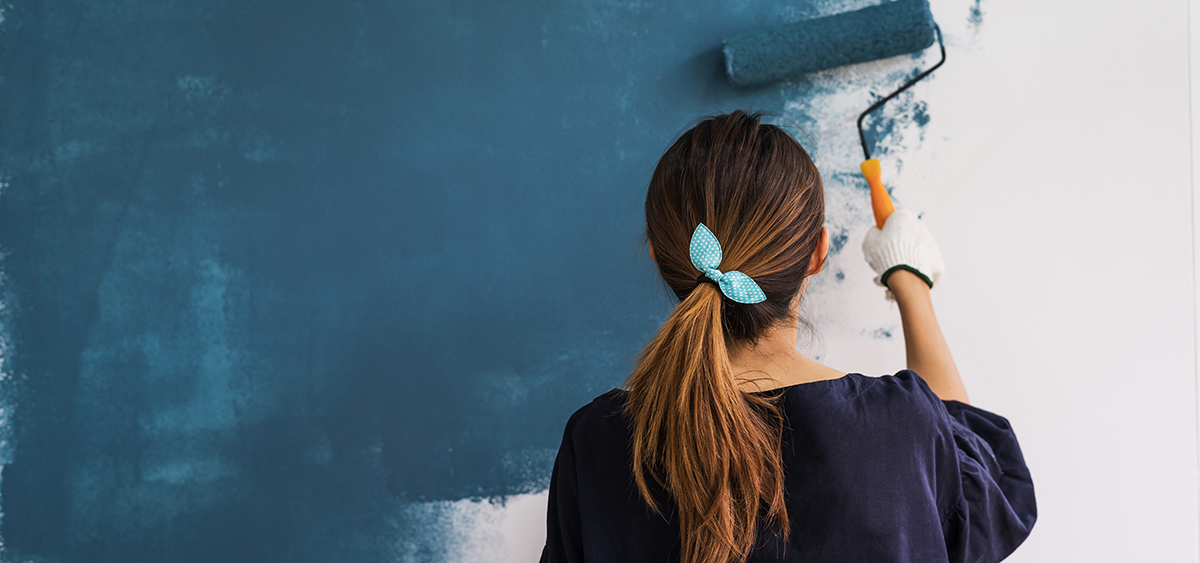A commercial lease sets out the general rules that apply when work must be done in your space. Whether you are the landlord or the tenant, check the lease if you are unsure what applies in your situation.
If your lease does not say anything, you must check the law to know your obligations before, during, and after the end of your lease or in case of accident.

At the beginning of the lease
The landlord must ensure that the premises are in good condition
The landlord must make sure the commercial premises are in good condition so the tenant can use them as soon as they get the key. For example, that the included services like running water and heating work properly.
If repairs are necessary, the landlord must generally do them at their expense before the tenant arrives.
However, the lease may provide that the tenant is responsible for doing all work in the premises at their expense.
The tenant may generally improve the premises at their expense
For example, the tenant may paint the premises the colour they want, change the light fixtures, or build storage space.
However, the work must abide by any restrictions indicated in the lease. For example, a clause in the lease may prohibit the installation of a parabolic antenna or an air conditioning system.
To avoid misunderstandings, the tenant and the landlord can clarify what work the tenant can do in the premises before signing the lease. This is especially important for major repairs or renovations.
During the lease
The tenant must do minor repairs
Throughout the term of the lease, the tenant is generally responsible for minor repairs in the commercial space. For example, they must do simple repairs for minor damage like filling small holes in the walls.
The landlord is responsible for other necessary repairs
However, the landlord is usually responsible for more substantial work that must be done in the premises or the building. For example, leaking pipes in the commercial space or an outlet that stops working.
The tenant must normally notify the landlord if the premises deteriorates or if something is defective.
Be careful! A lease can make a tenant responsible for more than what the law says
Rather than simply being responsible for minor maintenance repairs, the lease may provide that the tenant is responsible for all repairs in their premises and the building for example.
It is important to check the lease first to understand what applies in specific situations.
After an accident or loss: repair the premises and pay for the work
In case of accident or loss, the landlord, the tenant, or an insurance company may be responsible for managing and paying for any work that must be done.
Who pays will depend on:
- What is insured
The landlord and the tenant may have insurance that covers various things, such as the building or their furniture. It is important to check the insurance contract in the event of a loss and to notify the insurer.
- What the lease says
The lease generally indicates who is responsible for performing the work depending on how extensive it is. The landlord or the tenant may be responsible for overseeing and paying for it.
The landlord generally does the work in the premises and the building if the lease does not say anything. If the landlord is insured, their insurance might pay for and oversee the work depending on the insurance contract.
- Who caused the accident or loss
Regardless of who was caused the accident or damage, it’s always possible to sue that person for damages. For example, if the tenant is responsible, the landlord may sue them to force them to pay for the cost of the work.
If one of them is insured, the insurance company will normally sue the person responsible for the loss in their name. It may only sue the responsible person to recover the amount of the deductible, i.e. the basic amount that is not covered by the insurer, or to cover the damages the insurer did not pay for.
To find out more, read our article “Insurance for Homes and Belongings”.
End of the lease: return the premises in good condition
The tenant must repair any damage they cause to the premises
The tenant must return the commercial space in the same condition as at the beginning of the lease. However, they are not responsible for normal wear and tear or for any deterioration or defects that are not their fault.
The landlord may sue the tenant or keep their deposit if they have damaged the premises.
Improvements: the tenant can agree with the landlord
The tenant must return the commercial space in the same condition as at the beginning of the lease. For example, they must paint the walls the original colour or put back the old light fixtures.
The tenant may also propose that they leave the premises as-is and the landlord can keep the improvements. If the landlord agrees, the tenant could be reimbursed the cost of the improvements.
If the improvements can be removed without the risk of damaging the premises, the tenant can ask the landlord to reimburse their value. For example, if the tenant installed new light fixtures that can easily be replaced with the old ones.
If the improvements cannot be removed without damaging the premises, the landlord does not have to compensate the tenant. For example, if the tenant installed cupboards and removing them would involve ripping out part of the wall.
|
To learn how artists’ studios fit into the rules on commercial leases, see the videos and guide on the website of the Conseil des arts de Montréal (in French only). These resources were developed by the Conseil des arts de Montréal, the City of Montreal and Éducaloi. |





